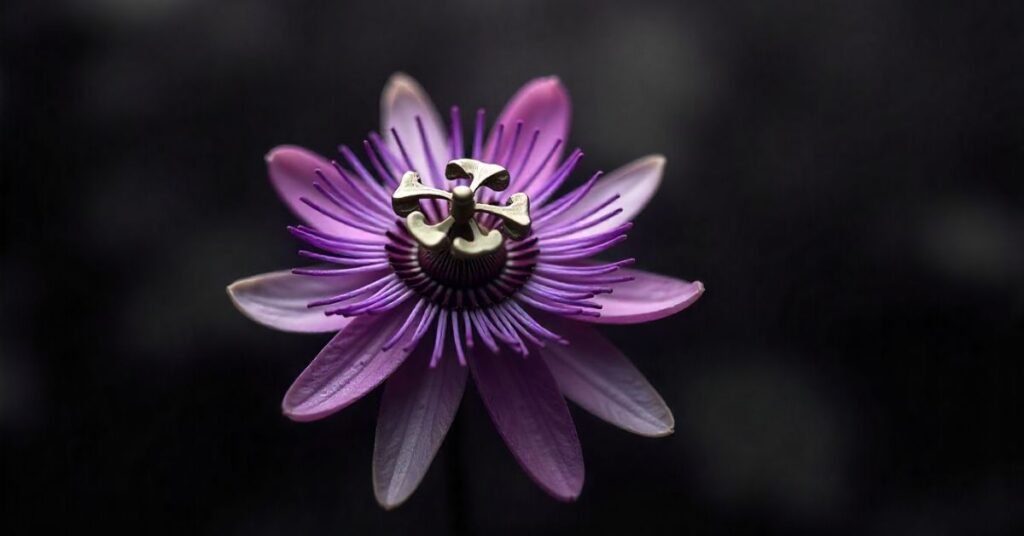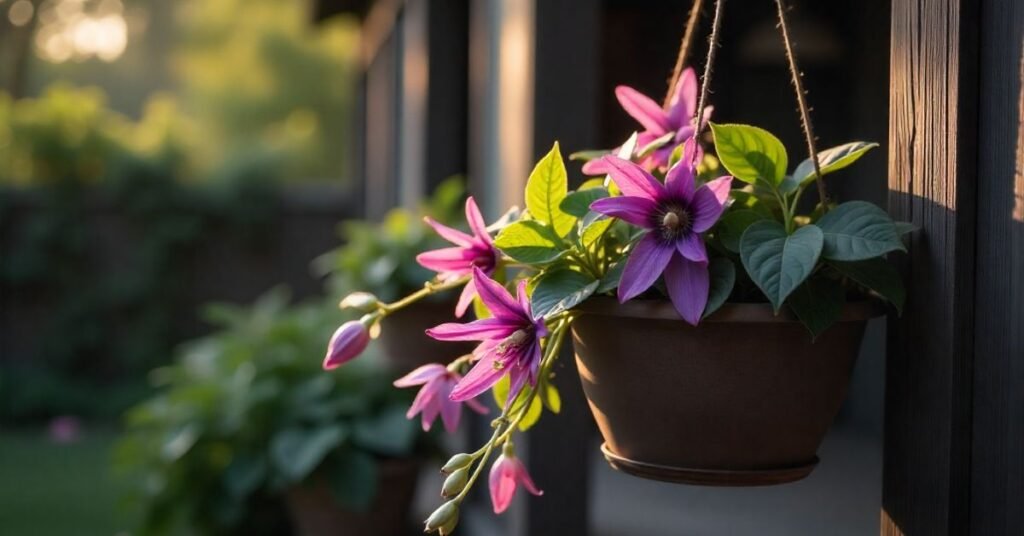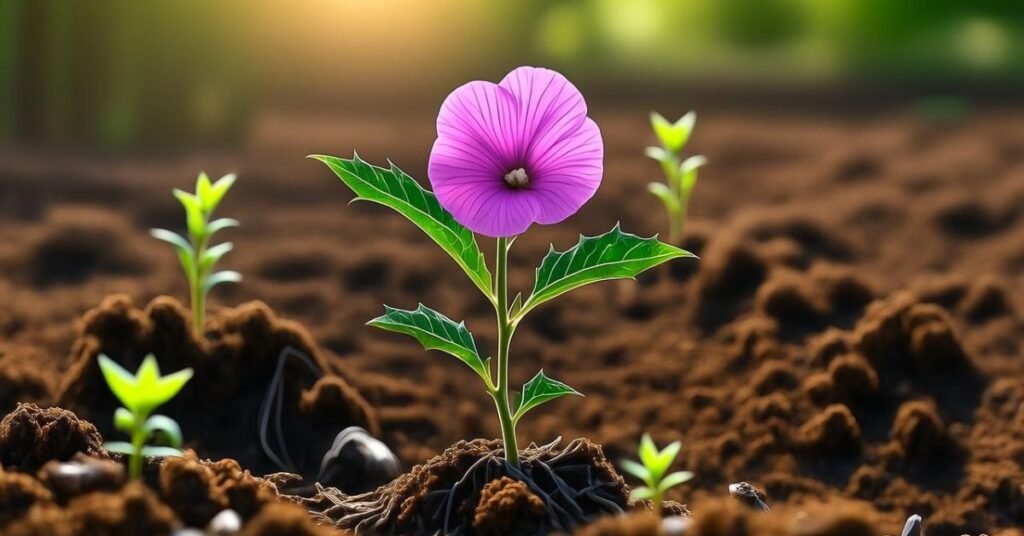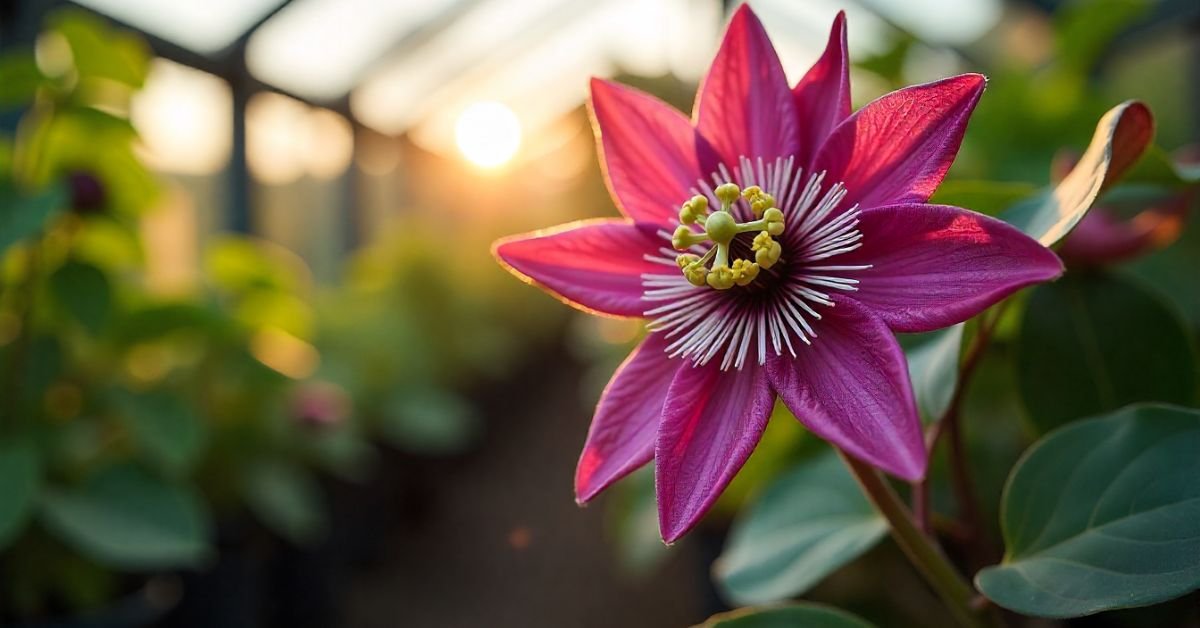Introduction
The purple passion plant is a unique houseplant. Its soft, velvety leaves make it a popular plant. Leaves with purple hairs have a deep green base. This gives the plant a striking look. Many plant lovers grow it indoors for its beauty.
If you want a plant that stands out, this one is perfect. Its rich purple tones make any space lively. It is often admired for its unusual texture. With the right care, it stays healthy and vibrant. As a result, it is a favorite among beginners as well as experts.
Caring for a purple passion plant is simple. It needs bright, indirect sunlight. Water it when the soil feels dry. Use well-draining soil to avoid root rot. Regular pruning keeps it looking neat. With little effort, your plant will grow strong and last long.
Purple Passion Plant Care Guide

The Purple Passion Plant (Gynura aurantiaca) care is admired for its velvety, purple colored foliage that makes it stand out among houseplants. With the right care, this striking plant can thrive indoors and remain healthy for years. Below is a complete care guide to help you maintain its beauty.
Light Requirements
A purple passion plant grows best in bright, indirect light, as direct sunlight tends to scorch its delicate leaves while low light weakens and leggy stems. An east-facing window with soft, filtered light is ideal, but if natural light is limited, grow lights can be used to maintain their vibrant color. For even growth, rotate the pot regularly so the plant doesn’t lean toward one side.
Soil Preferences
Purple Passion Plants need a well-draining, peat-based potting mix to stay healthy, and adding perlite or vermiculite improves aeration for the roots. A thin layer of pebbles at the bottom of the pot also helps with drainage and prevents water from collecting around the roots. The soil should remain lightly moist but never soggy, as excess water can quickly lead to root problems.
Watering Needs
Water the Purple Passion Plant care which is required when the top inch of soil is dry. Overwatering can cause root rot, so good drainage is important. Keep the soil evenly moist in the growing season. In winter, reduce watering. The plant likes some humidity, but do not mist the leaves, as the tiny hairs can trap water and lead to rot.
Fertilizing
Feed your plant during its growth season from spring through summer. Use a balanced liquid fertilizer at half strength every two weeks.In autumn and winter, when the plant slows down, cut back feeding to once a month. Too much fertilizer can damage the roots and dull the foliage color.
Temperature & Humidity
This tropical plant thrives in a warm climate. The ideal temperature range is 60°F to 75°F (16°C to 24°C). Keep it away from cold drafts, sudden temperature changes, or direct airflow from heaters and air conditioners.

Average indoor humidity is usually fine, but if the air is very dry, place the plant near a humidifier or set it on a pebble tray with water. Avoid heavy misting, as dampness on the leaves may lead to fungal issues.
Pruning Tips
- Purple Passion Plants often grow leggy with time.
- Pinch back stems to keep the plant full and compact.
- Prune after the flowering season to promote new growth.
- Cut vines a few inches above the soil to encourage bushier growth.
Potting & Repotting
These plants adapt well to being slightly root-bound, so repotting is only needed every 1 to 2 years. Spring is the best time to move them to a slightly larger container.If root rot appears, trim away the damaged parts and replace the soil. After repotting, water lightly for a week or two until the plant adjusts.
Propagation
Purple Passion Plants are easy to multiply through stem cuttings. Take a healthy cutting and place it in either water or moist soil. Roots usually develop in 2 to 3 weeks.Once rooted, transfer the new plant into fresh potting soil. This is the quickest way to expand your collection or share with friends.
Common Problems with Purple Passion Plant
Like most houseplants, the Purple Passion Plant may face a few issues if not cared for properly. Below are some common problems and their causes:
| Problem | Possible Cause | Solution |
| Leaves Turning Green | Not enough light | Move the plant to a brighter location with indirect or filtered sunlight. |
| Wilted or Yellow Leaves | Overfertilization | Reduce feeding, dilute fertilizer more, and monitor the plant’s response. |
How to Get Purple Passion Plant to Bloom
The Purple Passion Plant blooms toward the end of its life cycle, and after flowering, it often declines and eventually dies. To extend its lifespan, pinch off flower buds as soon as they appear. This method is different from deadheading, which encourages more blooms, whereas in this plant it helps preserve energy and prolong growth.
Blooming Season
With sufficient light, Purple Passion Plants usually produce flowers in the fall months.
Flower Appearance and Scent
The flowers are small, bright orange, and grow in clusters. While visually interesting, they have a strong, unpleasant odor and can create a mess, so many growers prefer to remove them before they fully open.
Is Purple Passion Plant Toxic for Pets & Kids?
It is safe for both pets and children to consume the Purple Passion Plant.The plant is non-toxic and will not harm you if it is touched or nibbled by accident. However, it is still best to keep it out of reach. This prevents damage to the plant and avoids any unwanted mess. Overall, it is a safe choice for family homes.
Conclusion
The Purple Passion Plant is a unique houseplant with striking purple foliage. It needs proper light, water, and soil to thrive. Regular pruning keeps it full and healthy. With the right care, it can stay vibrant for a long time. Though its blooms are not appealing, the foliage is its true beauty. This plant adds color and charm to any indoor space.
FAQs
1. Why are my Purple Passion Plant leaves turning green?
The plant is likely not getting enough light. Move it to a brighter spot with indirect sunlight.
2. What is the recommended watering schedule for Purple Passion Plants?
Reduce watering in winter when the soil feels dry at the top.
3. Can I mist my Purple Passion Plant to increase humidity?
No, avoid misting because the fuzzy leaves can trap water and cause rot.
4. How do I make my Purple Passion Plant bushier?
Pinch back or prune leggy stems to encourage fuller, compact growth.
5. How long does a Purple Passion Plant live?
It usually lives 2 to 3 years, but proper care and removing flower buds can extend its lifespan.


